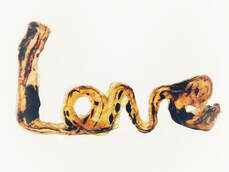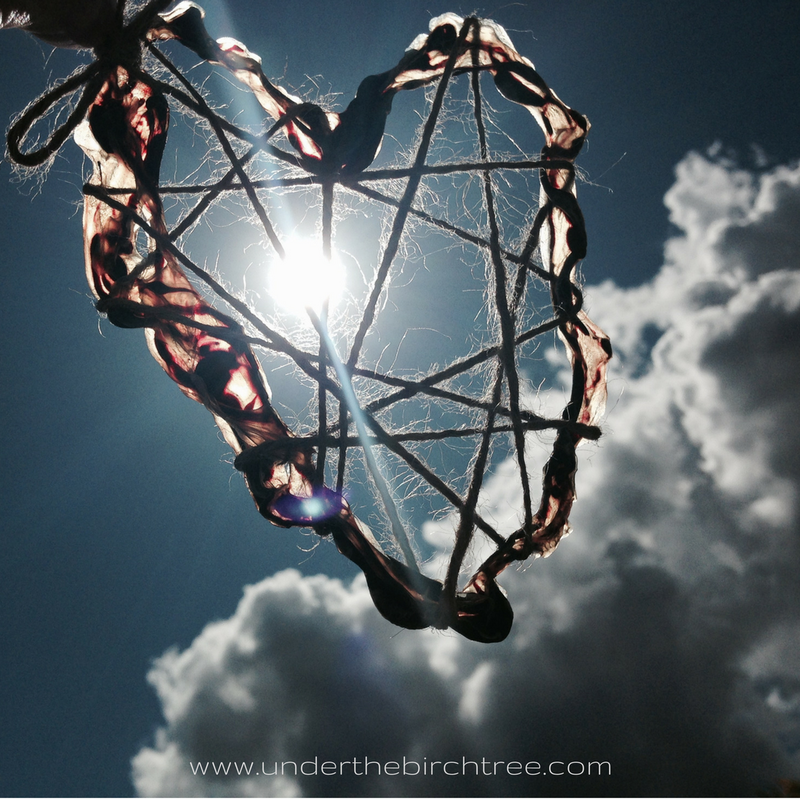|
Meaghan Amor, A Place Called Birth.
I had some fun chatting with Meaghan Amor back when her podcast was a fresh adventure. We talk about the different methods of encapsulation, stem cells, postpartum, what you should expect consuming your placenta and much more! Have a listen to my chat with her and then have a run through all of her other guests, discussing things like VBAC, home birth, vaginal breech, Dads, free birth and more recently, supporting her daughter through her own free birth at home with the family. 
A place called Birth By Meaghan Amor This is me ... my thoughts, views & journey as a Doula ( birth support person ) HypnoBirthing educator , the Mongan Method , Pre & Post pregnancy massage specialist & soon to be Pregnancy & Postpartum YOGA teacher Grateful I get to speak to my couples I’ve taught & supported during labour - so we can empower you to BIRTH beautifully Gold Coast Queensland Australia
0 Comments
 Fun Facts about the Umbilical Cord The umbilical cord develops from the yolk sac with the membranes. . It is made up of tissue, Whartons jelly, 2 arteries and 1 vein. The Whartons jelly protects the vessels from compression. The two arteries carry blood containing waste from the baby to the mothers system for removal. The one vein carries blood with oxygen and nutrients to the baby from the mother. Rarely the cord develops with only one artery. . The umbilical cord contains stem cells in the blood and tissue. . Cords are all unique, no two are the same. Some variants are: true knots, false knots, coiling variations and whartons jelly variations. 1% of cords have true knots, where the baby's actions inside the womb have looped the cord and knotted it, leaving an actual knot. . 35% of baby's are birthed with the cord around their necks. . Delaying the artificial clamping of the cord gives baby the rich stem cell filled blood from the placenta. The cord has its own natural action to clamp the cord. Once the cord makes contact with our air the Whartons jelly begins to harden and shrink tightening the vessels and slowing their flow until the pulsating ceases. This can take from 3-30 minutes. . The longest cord I have recorded over the last 7 years was 85cms long and the shortest was just 15cms long. The full length of the cord is reached at around 28 weeks gestation. . Preserving the cord is not new, it has been a tradition in many cultures throughout history. . Now isn't that incredible! Written by Samantha Birch Under the Birch Tree |
Author
|
Word on the Street!
"This was the best thing I ever did! I went from getting the start of PND, then started taking my tablets and it levelled everything out and I could enjoy the time with my son.. I will be getting them again with my next child" L
The information on these pages has not been evaluated by the TGA. The services offered are not clinical, pharmaceutical, or intended to diagnose or treat any condition. Families who choose to utilise the services on these pages take full responsibility for researching and using the remedies at their own risk.
Copyright ©2009-2024 Samantha Birch. All rights reserved.


 RSS Feed
RSS Feed